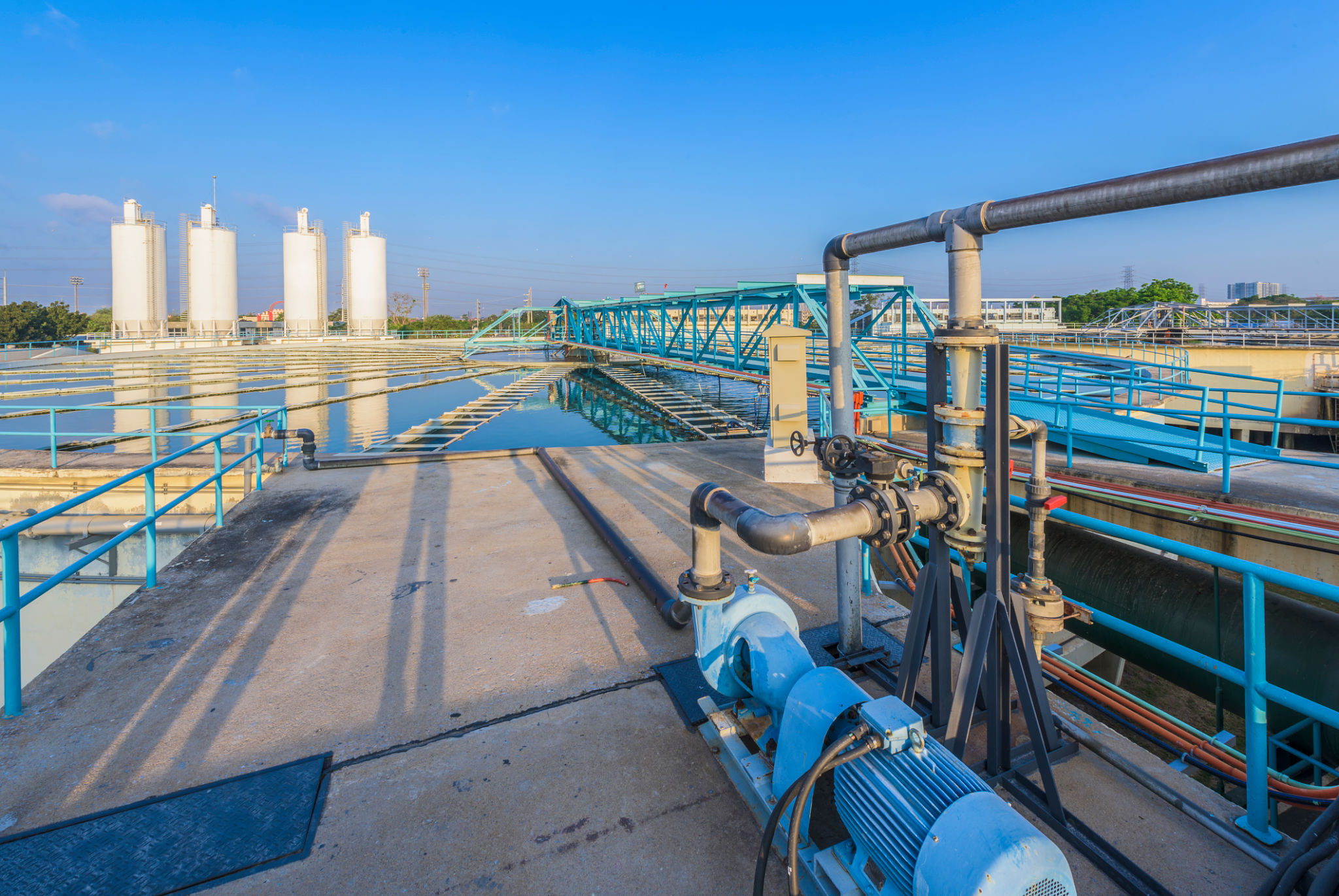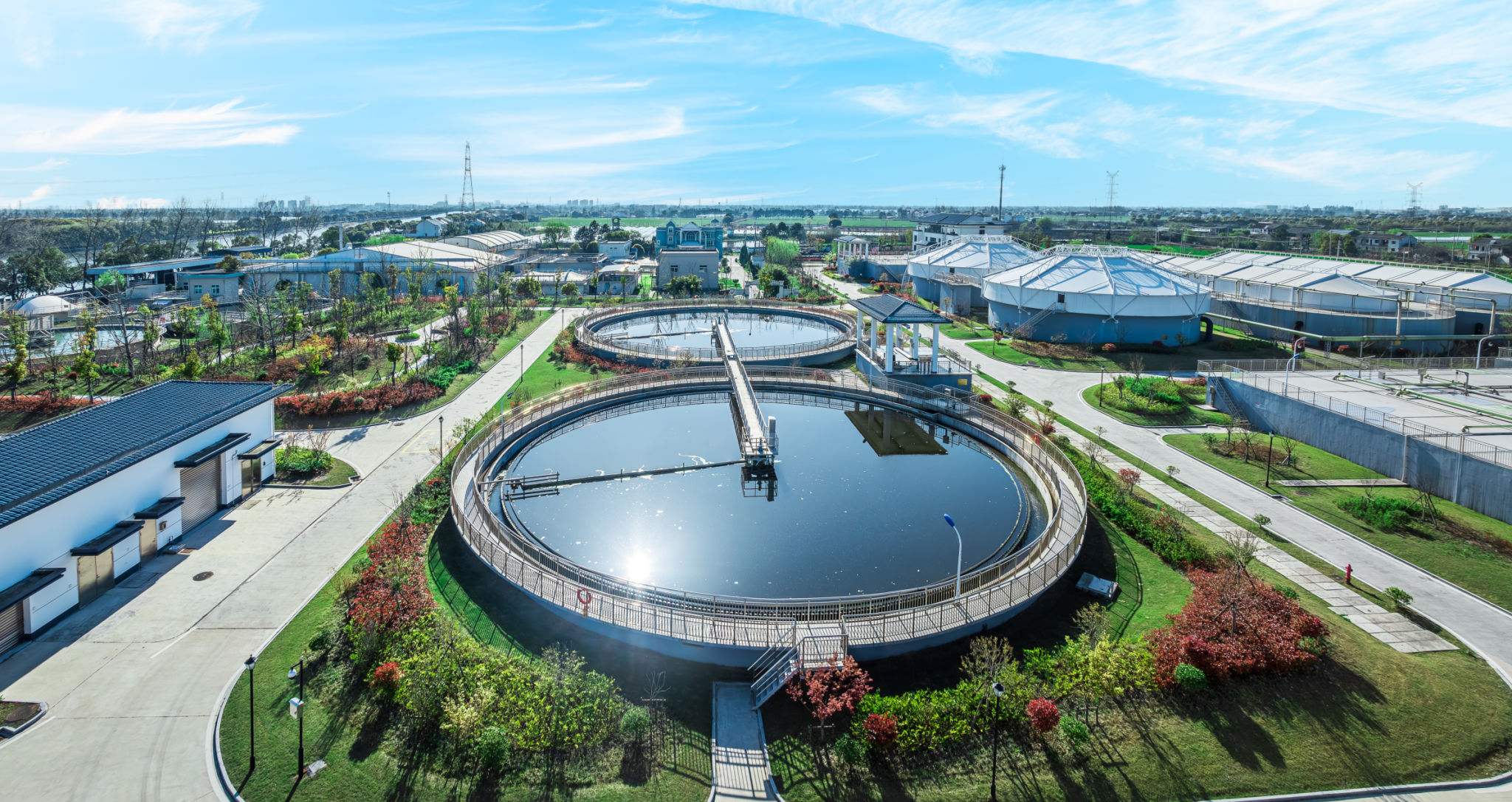Understanding the Role of Biocides in Industrial Water Treatment
Understanding Biocides in Water Treatment
Industrial water treatment is a crucial aspect of maintaining the efficiency and longevity of systems used in various industries. A key component in this process is the use of biocides. These chemical substances are essential for controlling the growth of harmful microorganisms, such as bacteria and fungi, that can cause significant problems if left unchecked.
Biocides serve multiple functions, including preventing biofilm formation, reducing microbial corrosion, and ensuring the quality of the water used in industrial processes. By understanding the role and application of biocides, industries can optimize their water treatment strategies and enhance operational efficiency.

Types of Biocides
Biocides can be broadly categorized into two types: oxidizing and non-oxidizing biocides. Oxidizing biocides work by disrupting the cell walls of microorganisms through oxidation, leading to their rapid destruction. Chlorine and bromine are common examples of oxidizing biocides.
On the other hand, non-oxidizing biocides interfere with the vital processes of microorganisms, such as enzyme function or cell membrane integrity. Glutaraldehyde and isothiazolinones are examples of non-oxidizing biocides. The choice between these types depends on the specific needs of the industrial system and the nature of the microbial threat.
Factors Influencing Biocide Selection
The selection of an appropriate biocide is influenced by several factors, including the type of microorganisms present, water chemistry, system design, and environmental regulations. It is crucial to conduct thorough water testing to identify the microbial population and determine the most effective treatment approach.

Additionally, considerations such as cost-effectiveness, ease of application, and compatibility with system materials play a significant role in biocide selection. Choosing the right biocide ensures not only effective microbial control but also minimizes potential damage to the system.
Application Techniques for Biocides
Biocides can be applied to industrial water systems through various techniques, each offering distinct advantages. Continuous dosing involves adding small amounts of biocide regularly to maintain a constant antimicrobial presence. This method is effective in systems with consistent water flow and minimal fluctuations in microbial load.
Shock dosing, on the other hand, involves introducing a high concentration of biocide over a short period. This technique is particularly useful for tackling severe microbial infestations or for periodic maintenance. Both methods require careful monitoring to ensure optimal effectiveness and prevent overuse.

The Importance of Monitoring
Regular monitoring and testing are critical components of any effective water treatment program involving biocides. By continuously assessing microbial levels and biocide efficacy, industries can adjust their treatment protocols as needed to maintain control over microbial populations.
Moreover, ongoing monitoring helps in identifying potential issues early on, allowing for prompt intervention before they escalate into major problems. This proactive approach not only safeguards the integrity of water systems but also ensures compliance with environmental standards.
Sustainability and Environmental Considerations
While biocides are vital for industrial water treatment, it is essential to consider their environmental impact. Industries must adhere to regulations governing biocide use to minimize their ecological footprint. Developing sustainable practices, such as using biodegradable biocides or optimizing dosing strategies, can help reduce environmental impact.
Ultimately, balancing effective microbial control with environmental responsibility is key to sustainable industrial water treatment practices. By prioritizing both aspects, industries can contribute to a healthier ecosystem while maintaining their operational efficiency.
